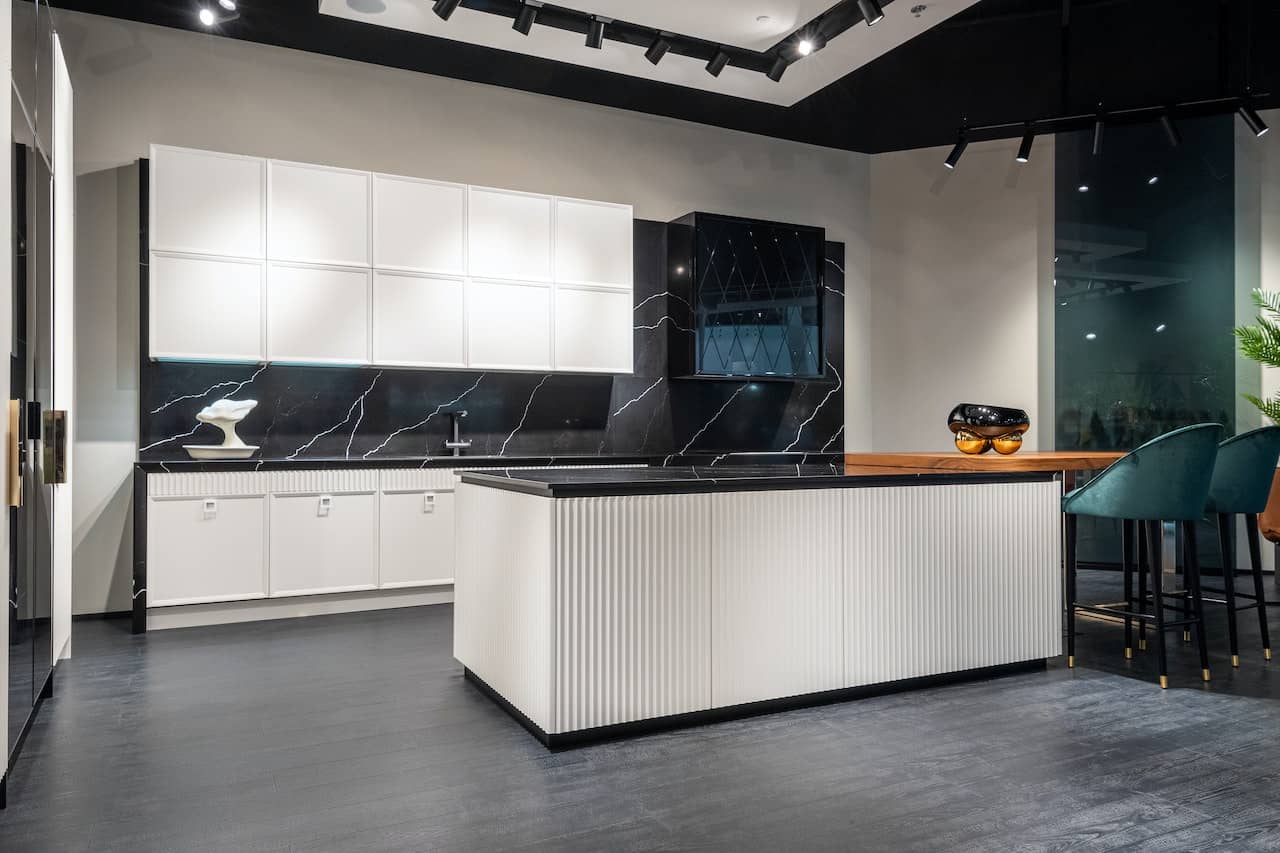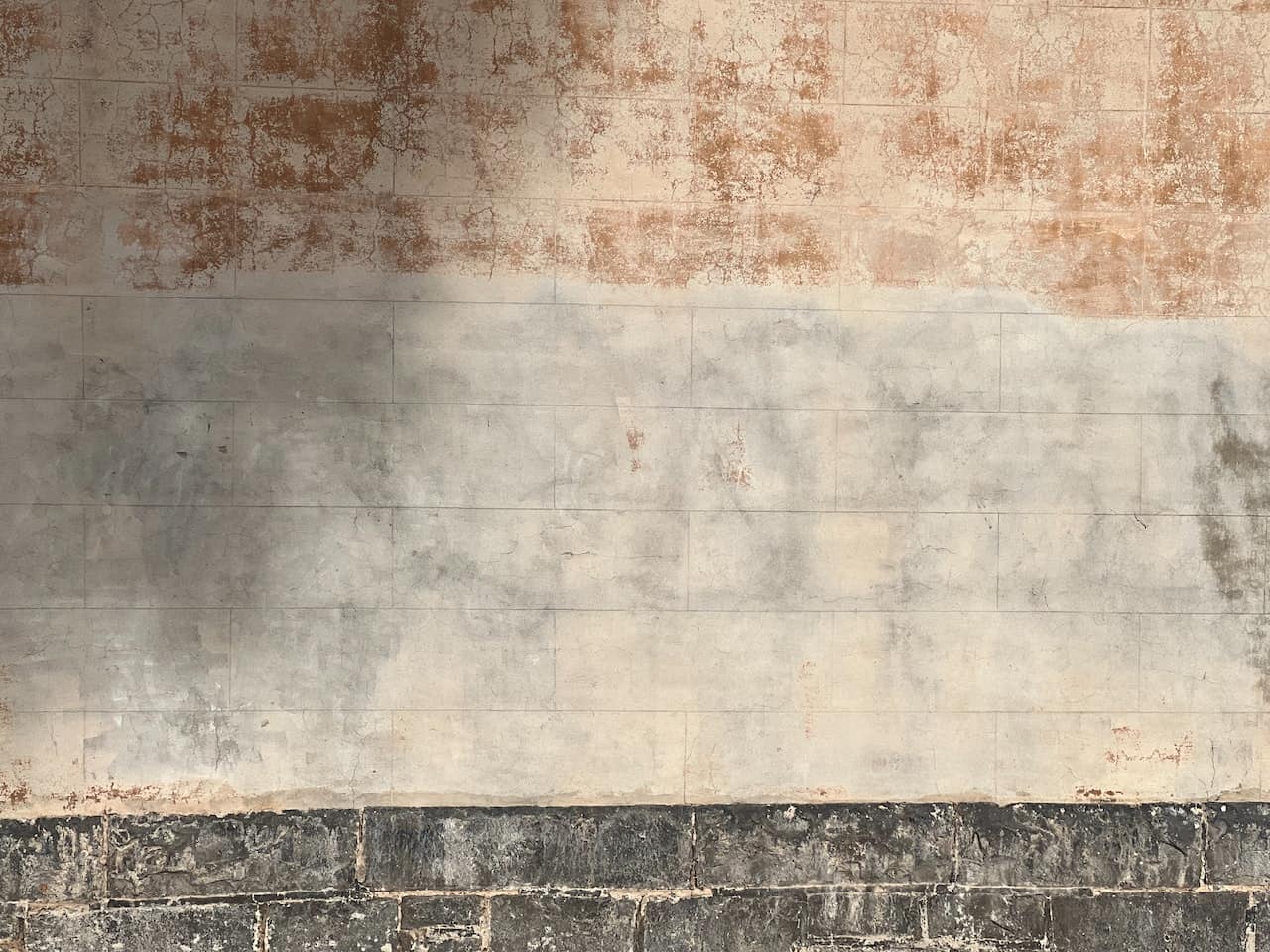If you’re designing your dream kitchen or attempting some renovations to make the space more practical and functional, you might be wondering which is best: a kitchen island or peninsula.
As with most choices when it comes to home design and construction, the right option will depend on personal factors, needs and preferences. The same is true with kitchen peninsulas and islands. Everyone’s home is different and unique and the way you use your kitchen should be complemented by its design.
However, there are some clear differences and key benefits between peninsulas and islands. Let’s dive in and find out more.
Kitchen Island: what is it?
Kitchen islands have become increasingly popular over the last few years. As its name suggests, the island is a free standing kitchen benchtop that allows one to stand on any and all of its sides. Kitchen islands come in all sorts of shapes, sizes and styles and can incorporate benchtops of a variety of different materials, such as natural stone.
The purpose of a kitchen island is to try and open up the space to free flowing movement around and in/out of the kitchen itself. As more and more homes are moving towards open plan designs, the preference for an island in the kitchen has increased as it decreases the barriers and obstacles in the room.
Kitchen Peninsula: what is it?
The kitchen peninsula is similar to an island but with one key difference: Instead of being completely free standing and open on all sides, the peninsula is open on all but one of its sides. Instead, like a peninsula landform, this kitchen bench is actually an extension of the main kitchen cabinetry, sink and benchtop space.
Very versatile in terms of design and use potential, kitchen peninsulas allow one to make the most functionally of any space and in turn compromise on free flowing movement on all of its sides.
Should you choose a kitchen island or peninsula?
As mentioned above, the right option for your kitchen will largely depend on your particular context and needs. However, to help you out, here are the main factors to consider when making your decision.
How big is your kitchen?
Small, compact and tightly designed kitchens may not be suitable for a kitchen island. While designed to allow people to pass on either side, an island still takes up space and being free standing it needs enough room on every side to allow someone to pass unobstructed. The kitchen is a room of the house that sees a lot of activity and movement, so adding a feature that will cause congestion is not a great idea.
A kitchen with a peninsula, on the other hand, allows for an extension of benchtop space for food prep and cleanup but will not necessarily restrict the space too much. While islands need to be in the middle of a kitchen, peninsulas by their nature can be tucked into corners or economically designed to add a bit more surface area without taking up too much floor space.
How is your kitchen laid out?
The layout of a kitchen is a very important and influential thing. You may have heard of the kitchen triangle: The classic design approach seeks to ensure an unobstructed triangle of access between the stove, the refrigerator and the sink. This highly practical kitchen ‘rule’ allows you to work and prepare food without having to move too much and without too much interruption.
Think about how a kitchen island or peninsula will change your access to the important areas of your kitchen. For some kitchens, adding a peninsula is the smart way to increase benchtop space without impacting on the general flow of the room. Whilst in other kitchens the benefits of having an independent and free-standing island is your best bet.
What is your preferred aesthetic?
Both a kitchen peninsula and an island can look utterly fantastic in a kitchen. There are a wide variety of materials, colour schemes, tones, patterns and shades to choose from. Whether you opt for opulent marble or even engineered stone, the potential for creating something beautiful and bold is nearly limitless.
Having said that, kitchen islands do offer more design versatility than peninsulas. Being attached to the rest of the kitchen, your kitchen peninsula needs to match in terms of material and colour. Otherwise it could look disjointed. A kitchen island, on the other hand, stands apart. This gives you the creative space to either choose a complementary colour and style or to design something bold and different as an independent feature.
What is your budget?
Price is a pain point for just about every construction and renovation process. While the size, material and design of your kitchen benchtop is going to be hugely influential in the end, generally a kitchen peninsula is the more cost effective option. With less structural work needed, often less material, and probably less labour, you can save more by opting for a peninsula.
Kitchen islands, depending on your application, can require significant work and structural construction. This is especially true if you’re adding sinks, cooktops, dishwashers or even internal storage to your kitchen island.
Are you hoping to resell your home?
Thinking about your long term plans and goals for your home is another smart way to approach the choice between a kitchen island or peninsula. Kitchen remodels and renovations can drastically increase the resale value of a home, when done cleverly and right.
To that end both a peninsula and an island in a kitchen can offer a strong long term return on your investment. As mentioned above, the choice will ultimately come down to the size, layout and overall style of your kitchen. The more complementary and suitable your end decision, the better its impact on the appeal and value of your house will be.
Want to discuss your kitchen? Call Euro Marble today!
Still not sure whether to choose a kitchen with a peninsula or an island?
Need some professional advice regarding your particular kitchen?
The Euro Marble team can help! Why not give us a call on (02) 8585 2999 or come on into our showroom. We’d be happy to talk about all things kitchen peninsulas, natural stone and more.




